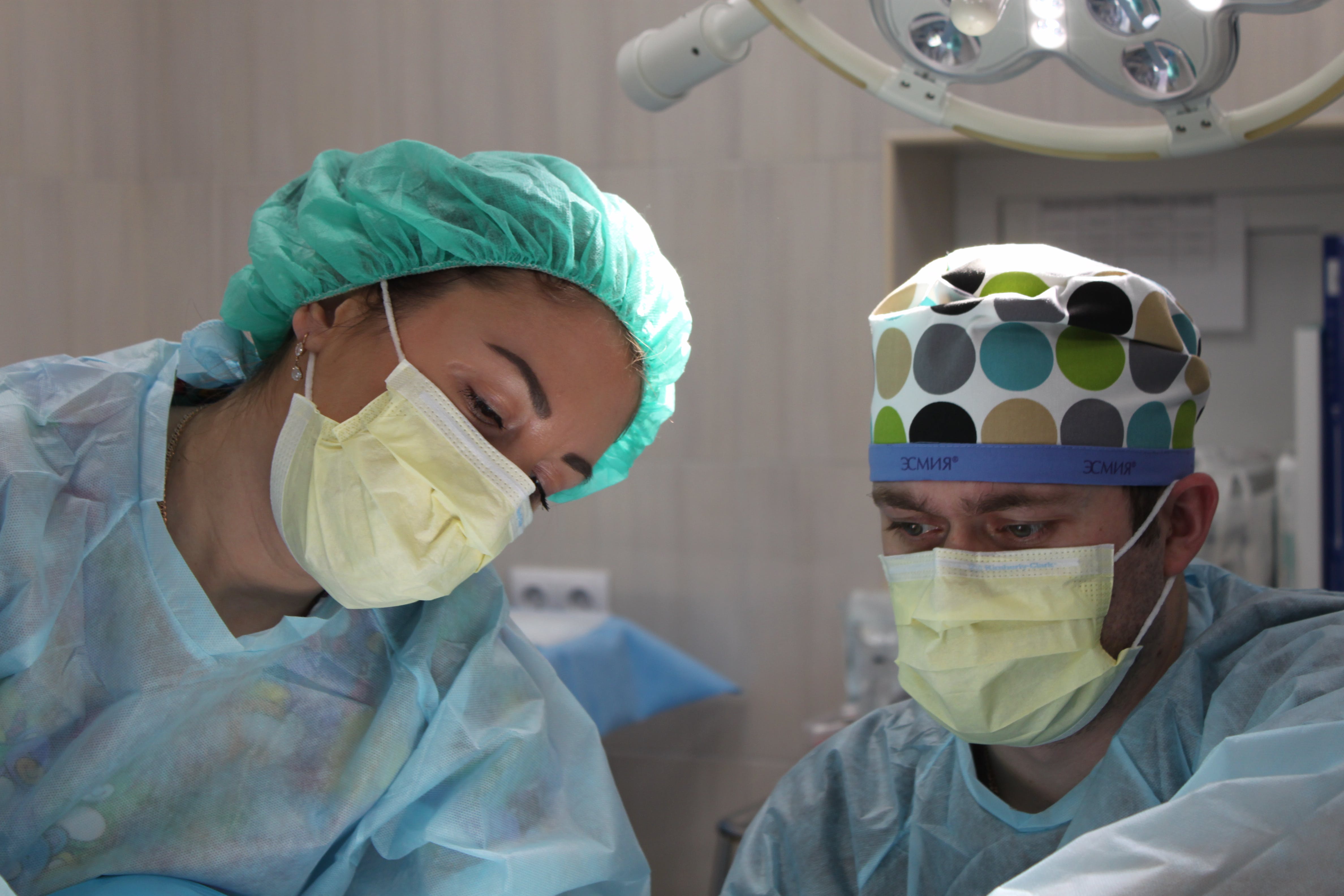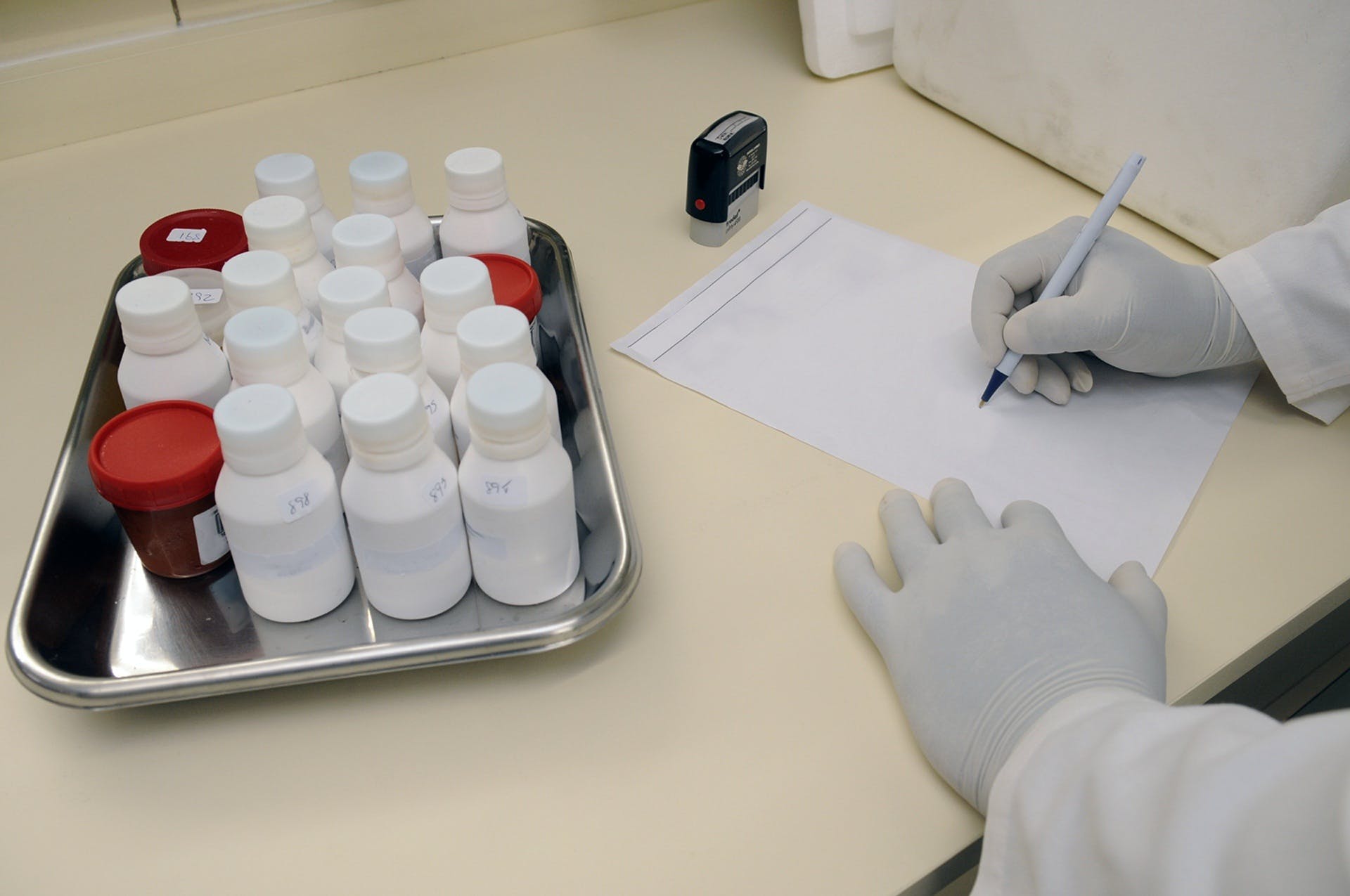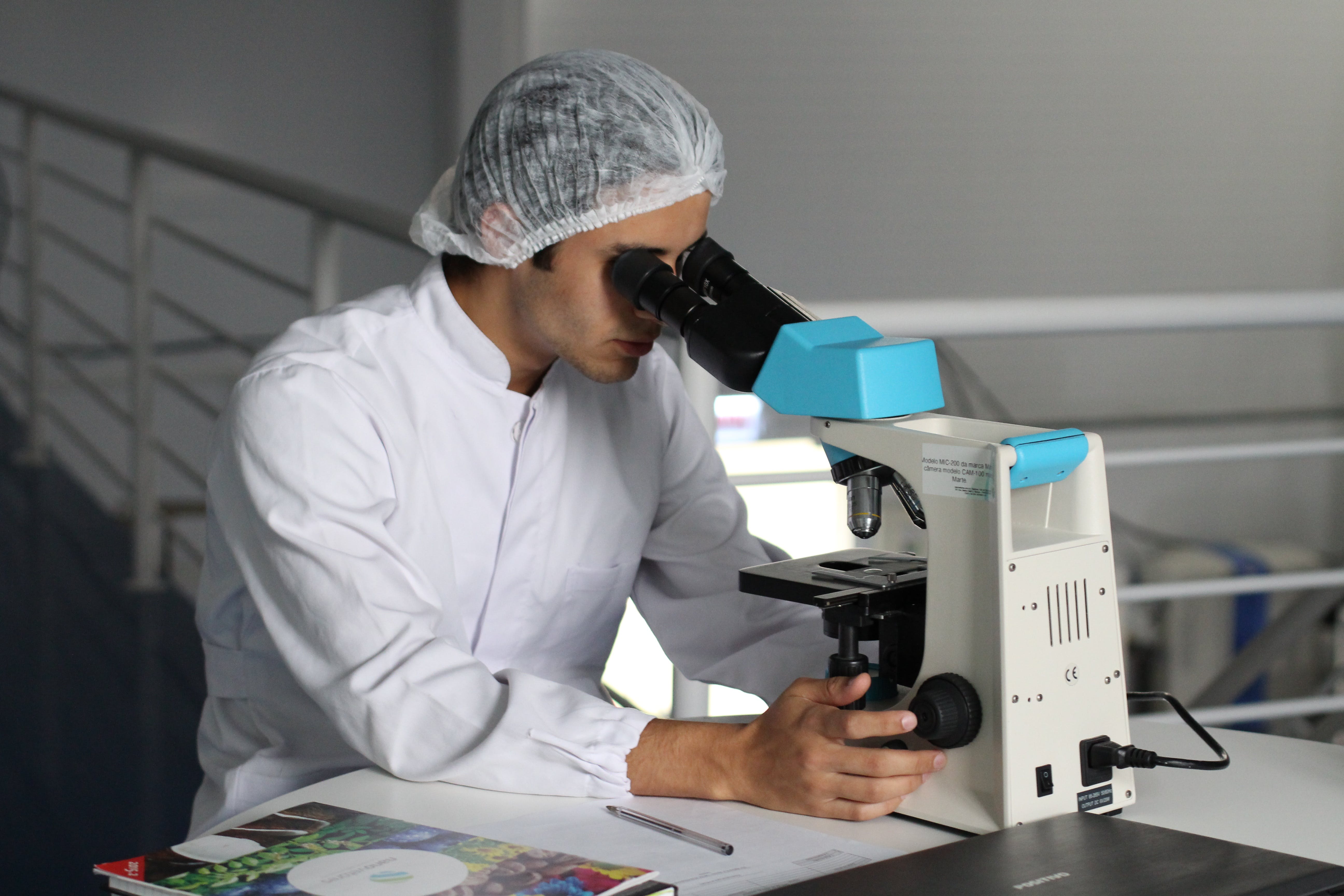Bio Amniotic
Bio Amniotic Assists IBRs In Clinical Research Studies Including: Planning, Tracking, Implementation and Recording Results Including A/B Testing
Leverage harvesting of Human's Placental bio material to heal wounds
BioAmniotic Is Harnessing the Healing Power and Leveraging Human Placental Biomaterial for Wound Healing
In the realm of medical advancements, researchers are continually exploring innovative approaches to promote faster and more effective wound healing. One such avenue gaining traction is the utilization of human placental biomaterial. The placenta, once regarded solely for its role in fetal development, is now recognized for its remarkable regenerative properties and potential therapeutic benefits in wound management.
Human placental biomaterial, derived from donated placentas post-delivery, contains a rich array of growth factors, cytokines, and extracellular matrix components essential for tissue repair and regeneration. These bioactive molecules stimulate cellular proliferation, angiogenesis, and collagen deposition, crucial processes in wound healing. Harnessing the potency of placental biomaterial offers a promising avenue for addressing various types of wounds, including chronic ulcers, burns, and surgical incisions.
One of the key advantages of utilizing placental biomaterial is its versatility and compatibility with different wound types and patient populations. Whether it's a diabetic foot ulcer that refuses to heal or a severe burn injury requiring extensive skin regeneration, placental biomaterial can be processed into various forms such as amniotic membranes, hydrogels, or powders, tailored to suit specific clinical needs.
Moreover, placental biomaterial exhibits low immunogenicity, reducing the risk of rejection or adverse reactions when applied to wounds. This characteristic makes it an attractive option for promoting wound healing in immunocompromised patients or those with underlying medical conditions.
Furthermore, the ethical considerations surrounding the use of placental biomaterial are relatively minimal compared to other sources of stem cells or tissues. Donated placentas would otherwise be discarded as medical waste, making their utilization for therapeutic purposes a sustainable and ethically sound practice.
Leveraging human placental biomaterial for wound healing represents a promising frontier in regenerative medicine. Its innate ability to accelerate tissue repair and minimize scarring offers hope for patients grappling with chronic wounds and traumatic injuries. As research in this field continues to evolve, the integration of placental biomaterial into mainstream wound care protocols has the potential to revolutionize how we approach and treat various types of wounds, ultimately improving patient outcomes and quality of life.

What We Do
Enhancing Wound Healing: The Advantages of Utilizing Amniotic Membranes
In the realm of wound care, advancements in regenerative medicine have opened doors to novel therapies that accelerate healing and improve outcomes for patients. Among these innovations, the utilization of amniotic membranes has emerged as a promising strategy to enhance the efficacy of wound mitigation. Derived from the innermost layer of the placenta, amniotic membranes offer a multitude of advantages in promoting wound healing across various clinical settings.
One of the primary advantages of amniotic membranes lies in their rich composition of bioactive factors and structural proteins essential for tissue regeneration. These membranes contain growth factors, cytokines, and extracellular matrix components that modulate inflammation, promote cellular proliferation, and stimulate angiogenesis—the formation of new blood vessels crucial for delivering oxygen and nutrients to healing tissues. By providing a natural scaffold and signaling cues, amniotic membranes facilitate the orderly progression of wound healing, resulting in faster closure and reduced scarring.
Additionally, amniotic membranes possess anti-inflammatory and immunomodulatory properties, which contribute to their effectiveness in wound mitigation. By suppressing excessive inflammation and modulating immune responses, these membranes create a conducive microenvironment for healing, minimizing the risk of chronic inflammation and complications commonly associated with non-healing wounds.
Another advantage of utilizing amniotic membranes is their versatility and ease of application. These membranes can be processed into various forms, including sheets, grafts, or injectable formulations, making them suitable for different wound types and anatomical locations. Whether it's a diabetic foot ulcer, a traumatic injury, or a surgical wound, amniotic membranes can be tailored to meet the specific needs of each patient, providing a customizable approach to wound care.
Furthermore, the safety profile of amniotic membranes is well-established, with minimal risk of adverse reactions or rejection. These membranes are typically procured from consenting donors undergoing scheduled cesarean sections, following rigorous screening and testing protocols to ensure quality and safety. As a result, the utilization of amniotic membranes in wound mitigation offers a reliable and ethical solution for promoting healing without compromising patient safety.
In conclusion, the advantages of utilizing amniotic membranes in wound mitigation are multifaceted, encompassing their regenerative properties, anti-inflammatory effects, versatility, and safety profile. As our understanding of wound healing mechanisms continues to evolve, the integration of amniotic membranes into mainstream wound care practices holds immense promise for improving outcomes and quality of life for patients with acute and chronic wounds alike.
Institutional Review Board (BioAmniotic)
Under FDA regulations, an Institutional Review Board is group that has been formally designated to review and monitor biomedical research
Will Medicare Part B Pay For Wound Care?
With Medicare Part B coverage, you do not have to pay anything for the materials and supplies that are used for your wound care. According to Medicare, wound care supplies include protective covers or fillers, adhesive tapes, gauzes, and bandages used for wounds due to surgical procedures, ulcers, or burns. They are covered by your Medicare Part B benefits if they are medically necessary for the treatment of wounds from surgery.
BioAmniotic Has Your Back
Can You Switch From Medicare Advantage to Medicare Part B? Short answer is Yes.

The human body is home to trillions of microorganisms
The human body is home to trillions of microorganisms, including bacteria, viruses, fungi, and other microbes, collectively known as the microbiota. Estimates suggest that there are between 30 trillion and 400 trillion microorganisms in and on the human body. These microorganisms colonize various habitats throughout the body, including the skin, mouth, gut, respiratory tract, and reproductive organs.
In terms of bacterial cells specifically, there are from three to 100 times more bacteria in the gut alone than there are cells in the human body. The gut microbiota, which comprises the majority of the body's microbial community, is estimated to contain around 40 trillion bacterial cells. Additionally, there are up to 1,000 species of bacteria in the human gut microbiome, with each species playing a unique role in maintaining health and homeostasis.
Overall, the human body is host to a diverse and dynamic ecosystem of microorganisms, collectively known as the human microbiome. These microorganisms play essential roles in various physiological processes, including digestion, metabolism, immune function, and protection against pathogens. Understanding the composition and function of the human microbiome is an area of active research with significant implications for human health and disease.

Highly processed foods and industrial oils like canola and vegetable. Oh My.
The phenomenon of "fat on the inside, skinny on the outside" obesity, also known as metabolically obese normal weight (MONW) or normal weight obesity (NWO), has garnered increased attention in recent years. This condition is characterized by a disproportionate distribution of fat, with excess adipose tissue accumulating viscerally, around internal organs, despite individuals maintaining a normal or relatively low body weight externally. While the exact mechanisms underlying this condition are still being elucidated, emerging evidence suggests that highly processed foods and industrial oils, such as canola and vegetable oils, may play a significant role in its development.
Highly processed foods, which are often high in refined carbohydrates, added sugars, unhealthy fats, and artificial additives, have been linked to various metabolic disturbances and health issues, including obesity, insulin resistance, dyslipidemia, inflammation, and cardiovascular disease. These foods are typically low in essential nutrients, fiber, and antioxidants, while being calorically dense and easy to overconsume. Consuming a diet rich in processed foods can lead to rapid spikes in blood sugar levels, followed by insulin resistance and fat accumulation, particularly in visceral adipose tissue.
Industrial oils, such as canola oil and vegetable oil, are commonly used in processed foods and cooking due to their affordability, stability, and versatility. However, these oils are high in omega-6 fatty acids, which, when consumed in excess, can promote inflammation and contribute to metabolic dysfunction. Imbalances in the ratio of omega-6 to omega-3 fatty acids have been implicated in the development of obesity, insulin resistance, and other metabolic disorders. Additionally, the processing methods used to extract these oils, such as refining, bleaching, and deodorizing, can result in the formation of harmful compounds, including trans fats and lipid oxidation products, which may further contribute to metabolic disturbances.
The combination of highly processed foods and industrial oils in the modern diet has been linked to the development of visceral adiposity and metabolic abnormalities characteristic of "fat on the inside, skinny on the outside" obesity. While individuals with this condition may appear to have a normal or healthy weight based on traditional measures such as body mass index (BMI), they may still be at increased risk of metabolic syndrome, type 2 diabetes, cardiovascular disease, and other adverse health outcomes.
To mitigate the risk of developing "fat on the inside, skinny on the outside" obesity and promote overall health and well-being, it is important to focus on consuming a balanced diet rich in whole, minimally processed foods, including fruits, vegetables, whole grains, lean proteins, and healthy fats. Limiting intake of highly processed foods and industrial oils, prioritizing cooking methods such as baking, grilling, and steaming over frying, and incorporating physical activity into daily routines can also help support metabolic health and maintain a healthy body composition. Additionally, consulting with a healthcare professional or registered dietitian can provide personalized guidance and support in optimizing dietary choices and lifestyle habits for long-term health and wellness.
From Our Blog
Policy and Planning: Addressing the needs of the aging population requires strategic policy interventions and long-term planning at the federal, state, and local levels. This includes investments in healthcare infrastructure, workforce training, caregiver support, housing options, transportation services, and social inclusion initiatives to promote aging in place and maintain quality of life for older adults.





